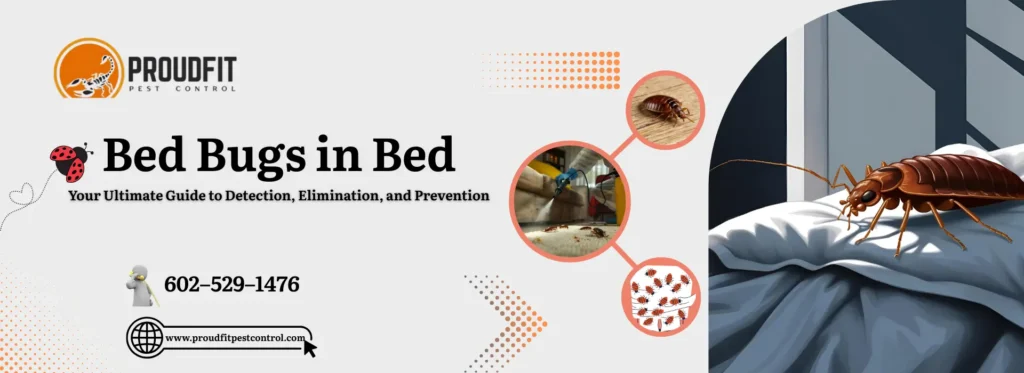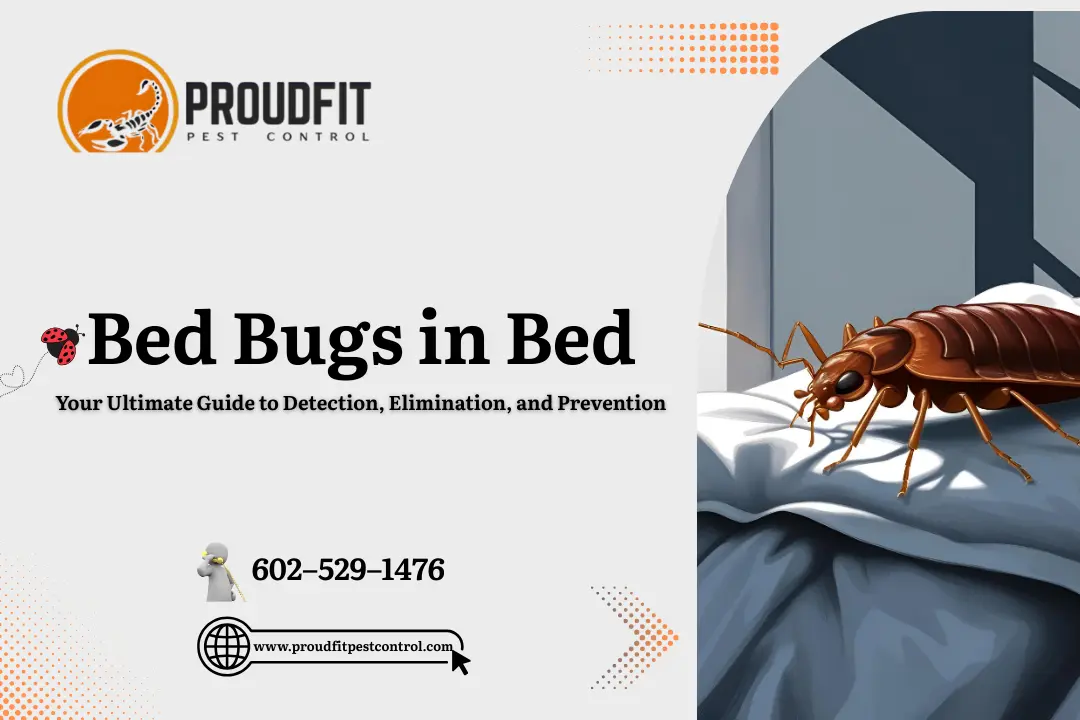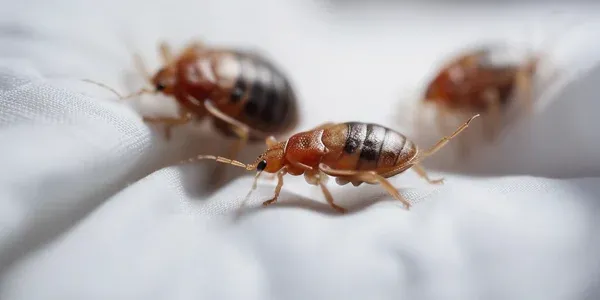
Introduction: Bed Bugs in Bed
Few pests instill as much fear as bed bugs. These tiny, hard-to-find critters can transform your haven into a stress-inducing captivity, while ‘bed bugs in bed’ is a phrase that brings chills to many. Like their name suggests, bed bugs are not only constrained to beds. They attack homes all over the world by catching a ride on suitcases, furniture, and even clothes. This guide examines everything you require to locate, treat, and especially ward off bed bug infestations, so you can once again rest soundly and peacefully.
1. Identifying Bed Bugs: Know Your Enemy
Physical Characteristics
Bed bugs are oval-shaped, reddish-brown insects (4–5 mm long) that swell and redden after feeding. Nymphs are translucent and smaller, while eggs are pearly-white and 1mm in size.
Signs of Infestation
- Bites : Red, itchy welts in linear patterns, often on exposed skin.
- Fecal Spots : Tiny black stains on mattresses or walls.
- Shed Skins : Exoskeletons left behind as nymphs mature.
- Musty Odor : A sweet, coriander-like smell in severe cases.
- Source : EPA Bed Bug Guide
2. Preventing Bed Bugs: Stop Them Before They Strike
Travel Precautions
- Inspect hotel beds and luggage racks.
- Store suitcases in sealed plastic bags during trips.
At Home
- Avoid secondhand furniture without thorough inspection.
- Use mattress and pillow encasements to trap bugs.
- Declutter to eliminate hiding spots.
Pro Tip : Regularly vacuum mattresses and crevices, disposing of the bag immediately.
3. Treating Bed Bugs: DIY vs. Professional Help
DIY Methods
- Heat Treatment : Expose infested items to 120°F+ for 30+ minutes.
- Insecticides : EPA-approved sprays like neem oil or pyrethrins.
- Diatomaceous Earth : A natural powder that dehydrates bugs.
Limitations : DIY is effective only for early infestations.
Professional Extermination
Experts use integrated pest management (IPM), combining heat, chemicals, and monitoring. Costs range from 500–1,500, depending on severity.
Source : CDC Bed Bug Recommendations
4. Myths vs. Facts: Debunking Common Misconceptions
- Myth : Bed bugs only infest dirty homes.
Fact : They thrive in clean environments; hygiene isn’t a factor.
- Myth : DIY remedies alone eliminate infestations.
Fact : Professionals are often necessary for severe cases.
5. When to Call a Professional
Seek help if:
- Infestations spread beyond the bed.
- DIY methods fail after 2–3 weeks.
- You’re in a multi-unit building (e.g., apartments, hotels).
6. Long-Term Prevention: Keep Bed Bugs at Bay
- Regular Inspections : Check beds, furniture, and electronics.
- Education : Teach family members about early signs.
- Pet Care : Inspect pets’ bedding, though bed bugs don’t live on animals.
7. Voice Search-Friendly FAQ
Q : “How do I know if I have bed bugs in my bed?”
A : Look for bites, fecal spots, or live bugs in mattress seams.
Q : “Do bed bugs spread disease?”
A : No, but their bites cause discomfort and potential allergic reactions.
Conclusion: Bed Bugs in Bed
Dealing with “bed bugs in bed” requires vigilance, knowledge, and action. By understanding their behavior, acting swiftly, and prioritizing prevention, you can protect your home—and your sleep. Remember, early detection is key, so stay informed and proactive.








